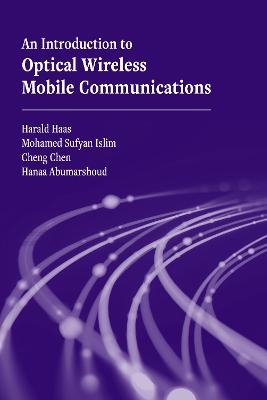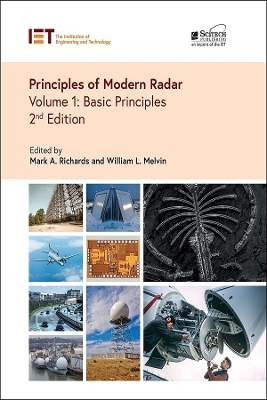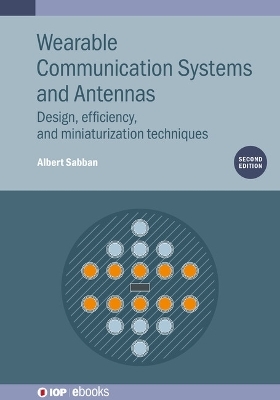
An Introduction to Optical Wireless Mobile Communications
Seiten
2021
|
Unabridged edition
Artech House Publishers (Verlag)
978-1-63081-655-1 (ISBN)
Artech House Publishers (Verlag)
978-1-63081-655-1 (ISBN)
The use of the optical spectrum for wireless communications has gained significant interest in recent years. Applications range from low-rate simplex transmission links using existing embedded CMOS cameras in smartphones, referred to as optical camera communications (OCC), mobile light fidelity (LiFi) networking in homes, offices, urban and sub-sea environments to free-space gigabit interconnects in data centers and point-to-point long-range wireless backhaul links outdoors and in space. This exciting book focuses on the use of optical wireless communications (OWC) for mobile use cases.
The book discusses existing conventional radio frequency (RF)-based wireless access technology and presents the challenges that can impact the requirements of the future wave of new wireless services in the context of artificial intelligence (AI) driven autonomous systems and machine-type communications. The relationship between visible light communications (VLC) and light fidelity (LiFi), is explored, and the major advantages of VLC and LiFi such as security and data density, and discuss existing research challenges are also introduced.
Channel modeling techniques are provided for mobile multiuser scenarios, and will introduce key building blocks to achieve LiFi cellular networks achieving orders of magnitude improvements of area spectral efficiency compared to state-of-the-art. Challenges that arise from moving from a static point-to-point visible light link to a LiFi network that is capable of serving hundreds of mobile and fixed nodes are discussed. An overview of recent standardization activities and the commercialization challenges of this disruptive technology is also provided.
The book discusses existing conventional radio frequency (RF)-based wireless access technology and presents the challenges that can impact the requirements of the future wave of new wireless services in the context of artificial intelligence (AI) driven autonomous systems and machine-type communications. The relationship between visible light communications (VLC) and light fidelity (LiFi), is explored, and the major advantages of VLC and LiFi such as security and data density, and discuss existing research challenges are also introduced.
Channel modeling techniques are provided for mobile multiuser scenarios, and will introduce key building blocks to achieve LiFi cellular networks achieving orders of magnitude improvements of area spectral efficiency compared to state-of-the-art. Challenges that arise from moving from a static point-to-point visible light link to a LiFi network that is capable of serving hundreds of mobile and fixed nodes are discussed. An overview of recent standardization activities and the commercialization challenges of this disruptive technology is also provided.
Introduction; Applications and future-proofing wireless communications; A brief history of optical wireless communications; Emerging optical wireless communications technologies; Enabling technologies; Channel modelling techniques; Standardization; Commercialization aspects; Summary.
| Erscheinungsdatum | 04.10.2021 |
|---|---|
| Verlagsort | Norwood |
| Sprache | englisch |
| Maße | 157 x 234 mm |
| Gewicht | 816 g |
| Themenwelt | Technik ► Nachrichtentechnik |
| ISBN-10 | 1-63081-655-8 / 1630816558 |
| ISBN-13 | 978-1-63081-655-1 / 9781630816551 |
| Zustand | Neuware |
| Haben Sie eine Frage zum Produkt? |
Mehr entdecken
aus dem Bereich
aus dem Bereich
Basic Principles
Buch | Hardcover (2023)
Institution of Engineering and Technology (Verlag)
149,60 €
Buch | Hardcover (2022)
Institution of Engineering and Technology (Verlag)
179,95 €
Buch | Hardcover (2022)
Institute of Physics Publishing (Verlag)
149,60 €


